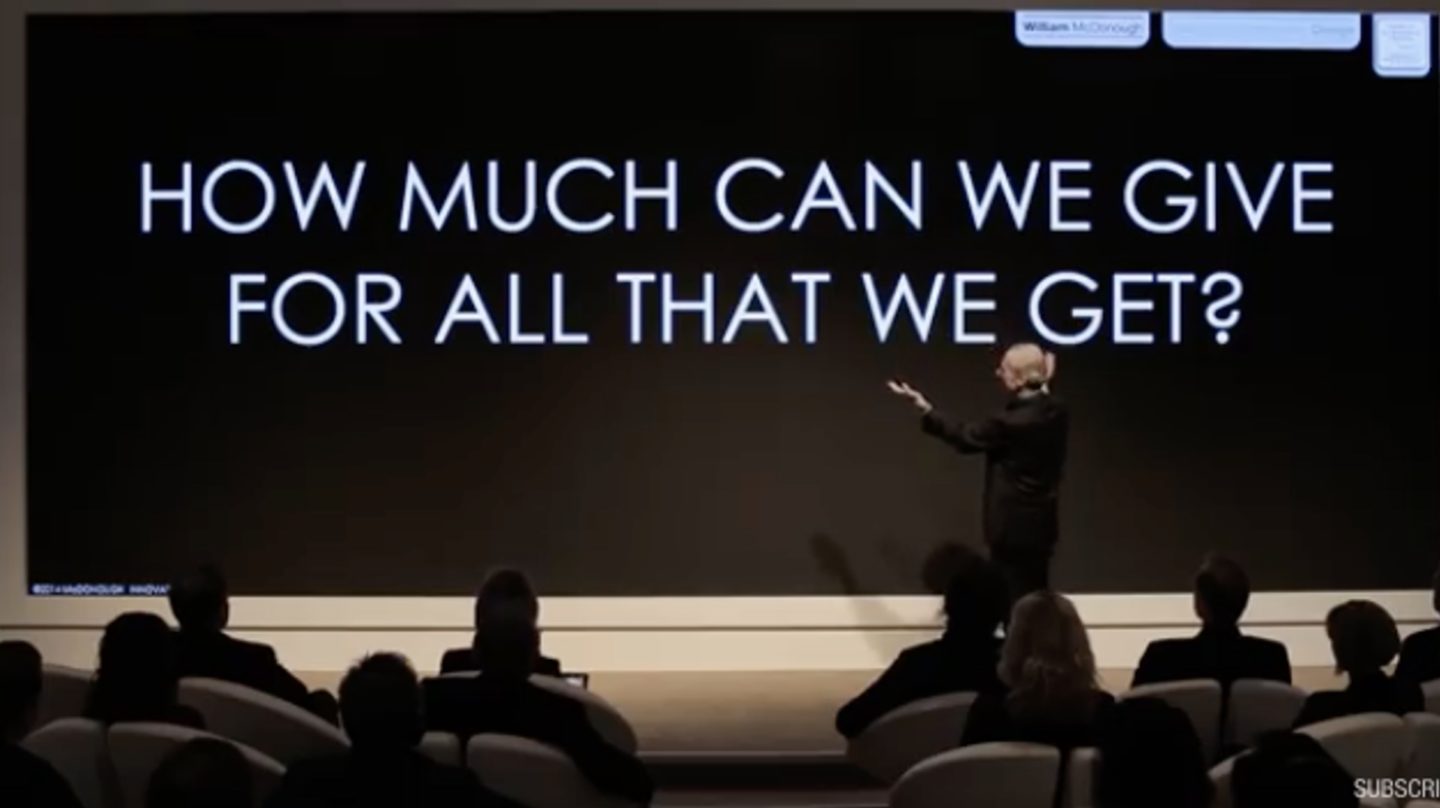Thought Starters

PopTech Conference
The CODE-X series catalogs a vast codex of source codes (aka “signs”) extracted from past audits.
The object of study in semiotics is not the signs but rather a general theory of signification; the goal of each “audit” is to build a model demonstrating how meaning is produced and received within a category or cultural territory. Signs on their own, therefore, only become truly revelatory and useful once we’ve sorted them into thematic complexes, and the complexes into codes, and the codes into a meaning map. We call this process “thick description”; the Code-X series is thin description.

“THOUGHT STARTERS” NORM: Conversation/debate topics. Suggesting that the point of convening is to arrive at consensus about something.

“THOUGHT STARTERS” FORMS: Questions — sometimes illustrated by word or thought bubbles, question marks, etc., to indicate/encourage conversation. Teacherly tonality. Like an educator trying to get a class of shy, silent students to speak up.
From a 2018 study of the EDUCATIONAL space, within the larger framework of CONVENING. How best to communicate teaching and learning for adults?

